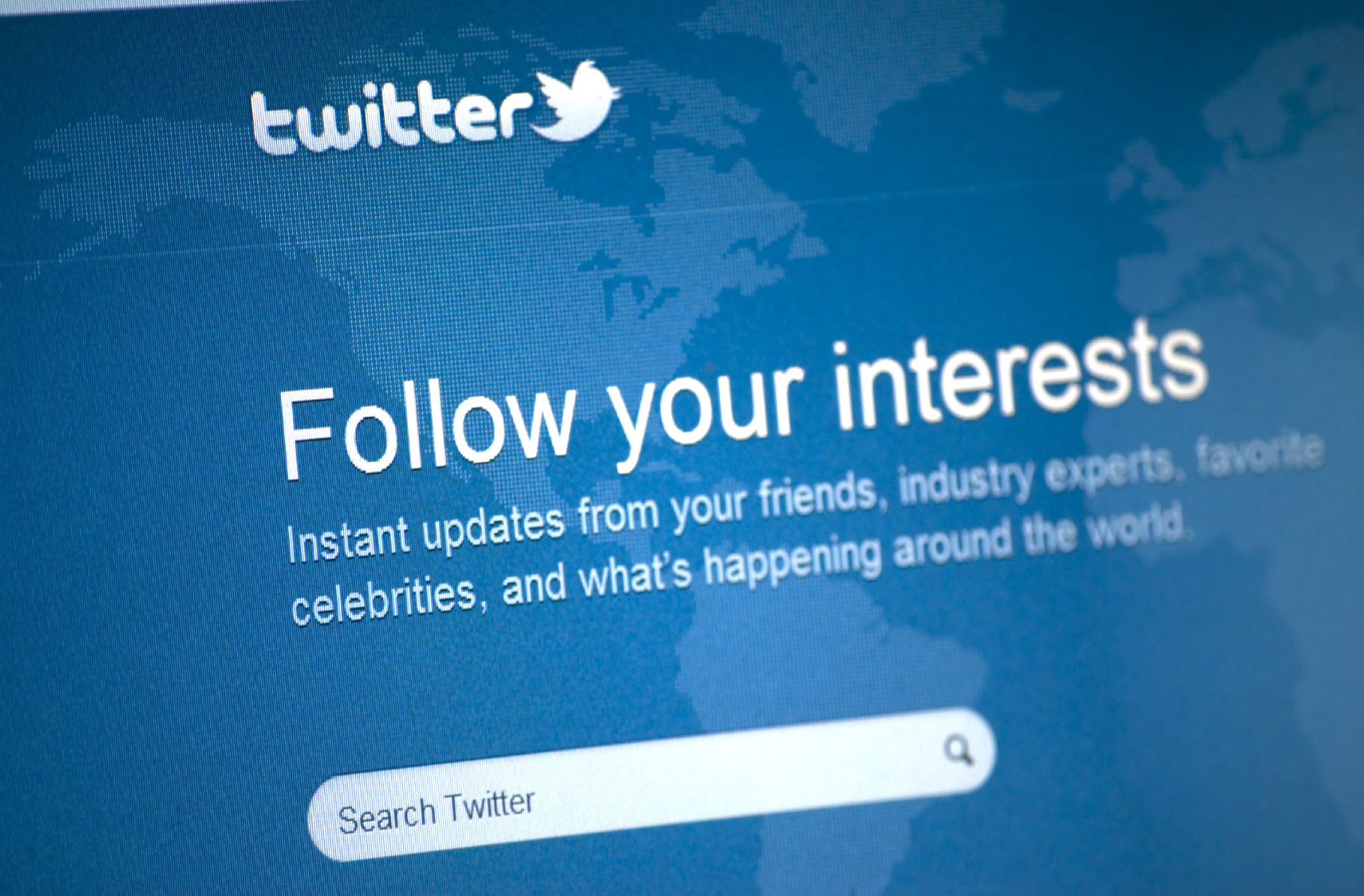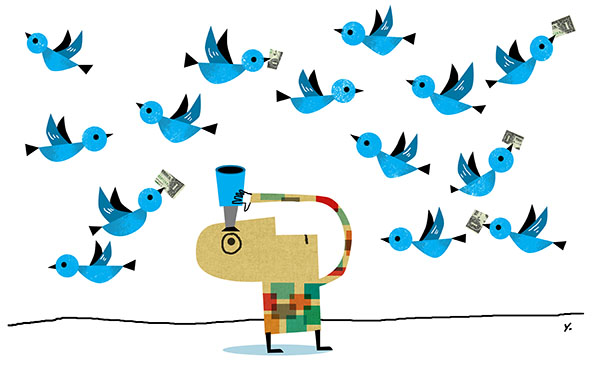What Happened
Furthering the integration of social media into live TV events, Twitter has struck a partnership deal with CBS News to create an “enhanced viewer experience” for the upcoming Democratic debate on November 14. Using the designated #DemDebate hashtag, CBS News will incorporate real-time data and live reactions from Twitter into its broadcasting, and some Twitter users may even get to see their tweeted questions answered in the debate.
What Brands Need To Do
In a bid to engage with viewers who seek second-screen experiences, broadcasters are increasingly incorporating mobile platforms into live events. CNN livestreamed the most recent Democratic debate via its website and mobile apps, while MTV opted to livestream this Sunday’s EMAs in 360-degree videos via its mobile apps.
As the line between the TV screen and the second screens begins to blur, brands can get a better chance at reaching their audience through cross-platform targeting. Tapping into the granular personal data available on mobile devices would be key for brands to reach their desired audience during live events.
Source: Variety


